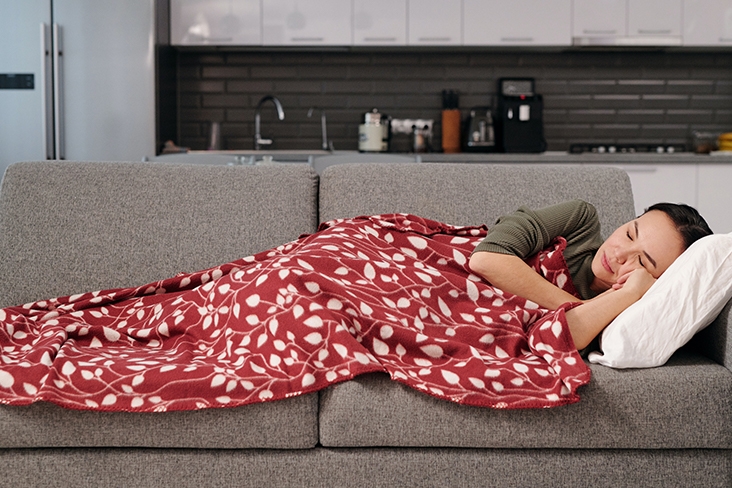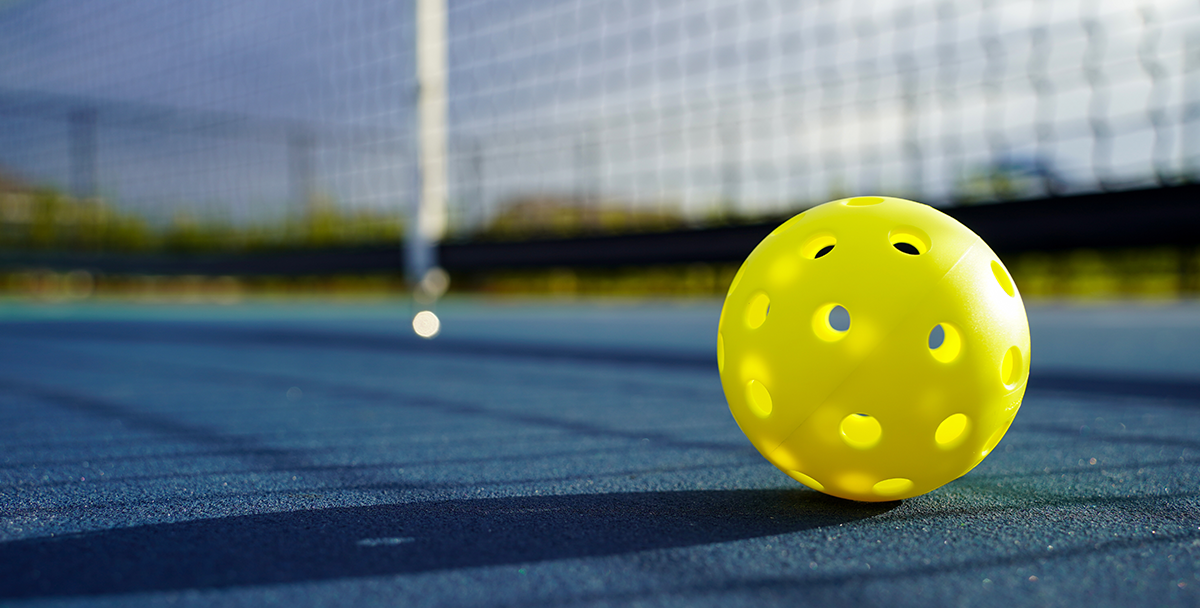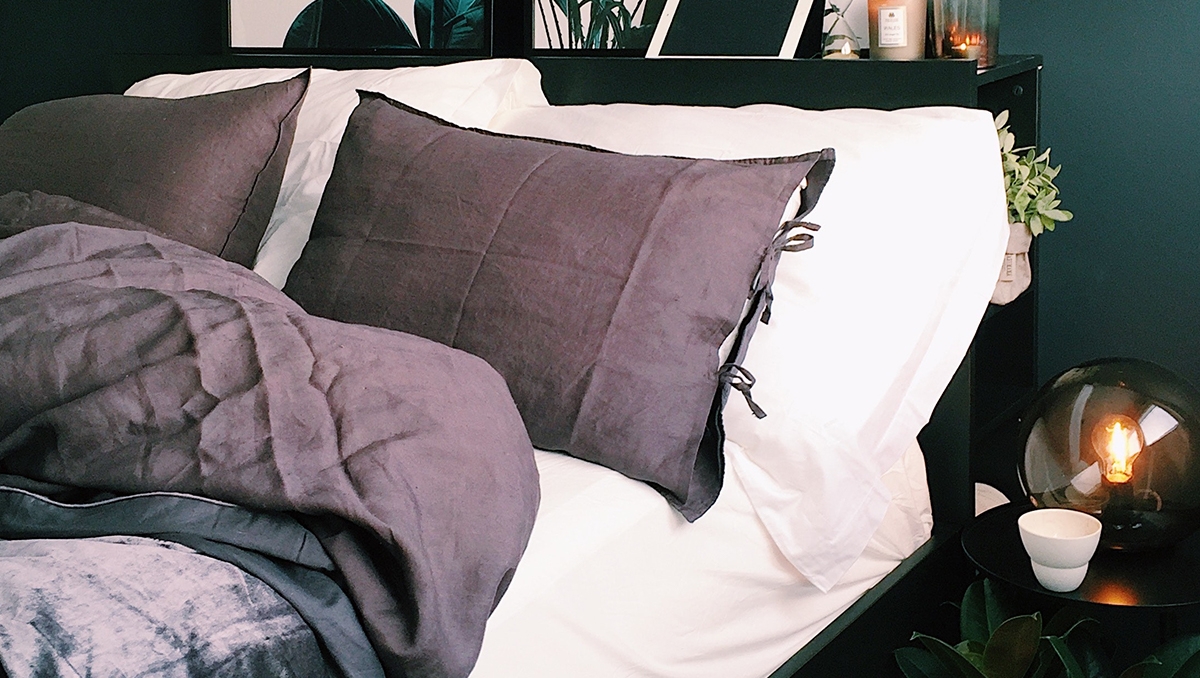A study published last year in the Research Journal of Supply Chain & Business Management found that there is a positive, direct association between naps and employee productivity. Another study from 2019 linked taking one to two daytime naps a week with better heart health.
If you’re napping correctly, that is.
“There is a good time of day and a good length for a nap,” determined by your body’s circadian rhythms, says Dr. Sujay Kansagra, director of the Pediatric Neurology Sleep Medicine Program at Duke University Medical Center.
Think of each rhythm as a symphony that lasts 24 hours, then repeats. Your body is the orchestra, releasing a medley of chemicals that makes you feel alert and tired at different times. And since it gives the same performance every day, you can count on some established patterns of sleepiness and arousal – and use them to guide your nap strategy.
When To Nap
For those on a traditional 9(ish)-to-5(ish) work schedule, noon to 2 p.m. is the ideal window for a nap. If you’re up before dawn, this window may be slightly earlier; and if you’re the person who squeezes every minute of sleep out of the morning, slightly later.
Why naps work – why you can wake up feeling like a new person – is partly because sleep is like an eraser, decreasing a chemical called adenosine from your brain. Adenosine is a neurotransmitter that does important work but also makes you drowsy. Your adenosine levels slowly climb each hour you’re awake. By early afternoon, there’s enough buildup that the brain will benefit from a cleaning, so to speak. Even the small amount of adenosine scrubbed out during a nap leaves you feeling refreshed, Kansagra says.
A midday nap clears adenosine clutter and fits into a circadian period of nonalertness that most people experience in the early afternoon. Napping later in the day is generally counterproductive.
“A nap at 5 or 6 p.m. can negatively impact sleep at night,” says Kelly Glazer Baron, sleep researcher and director of the Behavioral Sleep Medicine program at the University of Utah. “Even just dozing off watching the news, that sort of accidental nap, can have a negative effect,” making it more difficult to fall asleep when you head to bed.

How Much Time To Budget for a Nap
Resting for even 20 minutes can help boost alertness, cognition and memory, Baron says. “During our very light stages of sleep, you might not feel like you’re sleeping but your brain is in stage one or two of sleep,” she says. “That rest can be beneficial.”
If you snooze long enough to fall into a deep sleep – which happens, roughly, at the 30-minute mark – you need to let that sleep cycle play out or you’ll wake up with a nap hangover, feeling groggy and disoriented, Kansagra says. That means blocking out a hefty window on your calendar: It takes about 90 minutes to “go through the whole sleep cycle of lighter sleep into deeper sleep and back out of it,” he says.
Where To Nap
Baron recommends napping in bed. Just like you shouldn’t work where you sleep, it’s best if you don't sleep near your work area. If you do, your subconscious may start sending time-to-sleep signals whenever you’re in that space.
If your comforter is a little too comfortable and you’re worried you’ll nap the day away, grab a blanket and sleep on top of your typical bedding.
For a wake-up call you really can’t ignore, consider the “coffee nap”: drinking 200 milligrams of caffeine directly before a 20-minute nap so that the coffee’s stimulating effects kick in as you wake up.
Remember: A nap should be a boost that fits into the rhythm of your day rather than being a necessity. If you’re constantly exhausted, Baron suggests consulting a sleep specialist as fatigue can be a sign of health problems.





